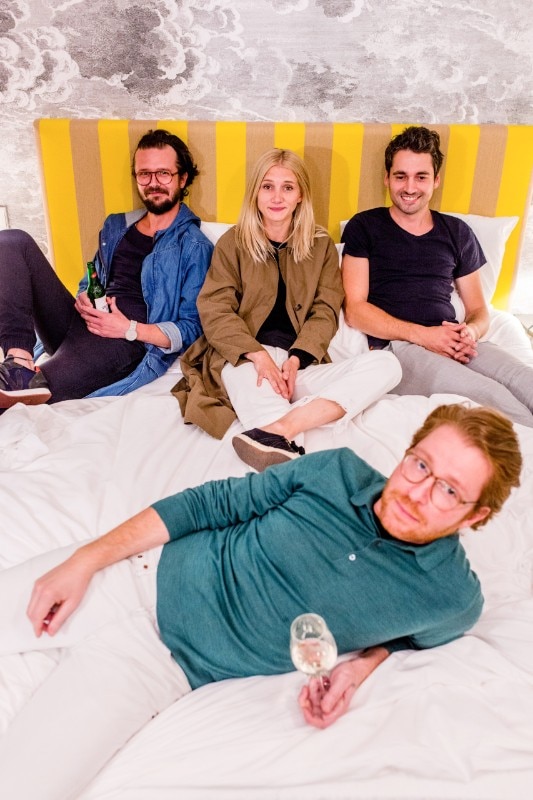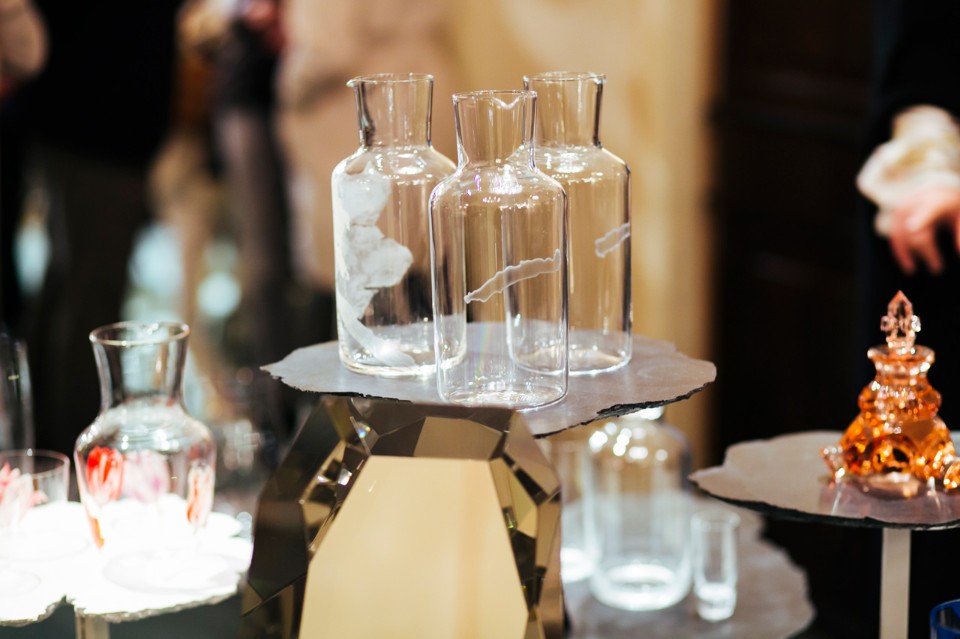With last year's tenth anniversary celebrations just a memory, the eleventh edition of Vienna Design Week reverts to its classic format, though there are still some pleasant surprises. The festival's headquarters have been doubled to represent the two faces of the focus district showcased in the 2017 edition, historic Rudolfscheim-Fünfhaus, which has always been divided in two: the more densely populated north and the south with its medieval footprint.
In the northern part, the event’s headquarters were the building known as the Blaue Haus, near one of the city's train stations (Westbahnhof) and at the end of Mariahilfer Straße, a shopping street. The building, until recently used to house refugees, will soon be demolished to make way for a large Ikea warehouse. Faced with the changing city, evolving and renewing itself, Vienna Design Week has committed itself, as always to preserving traditions by the Passionswege, which annually links craft skills with innovation by contemporary designers active on the international scene.
Thinking outside the box, Dutch designer Jólan Van der Wiel worked with the J. & L. Lobmeyr glassware firm, designing a vase whose form is derived from flowing water. Displayed in the historic Lobmeyr store, it has the effect of isolating viewers from the setting and enabling them to concentrate exclusively on the murmuring water. Also present, now regular guests, Swarovski and Rado presented their collections as programme partners.

 View gallery
View gallery












Among the novelties, the Hotel Altstadt opened up to the public and displayed four rooms designed by as many designers/architects: Gregor Eichinger, Adolf Krischanitz, Ronald Nemetz and Lilli Hollein. Each redesigned a room in one of the historic buildings in the Spittelberg district built by Victor Siedek and Robert Tilgner. The task was quite a challenge, with the moderns inviting comparison with Viennese buildings from the late nineteenth century.
This year the guest nation was Romania, an important presence. Apart from reinterpreting its traditional design, the event explored timely social issues. The research conducted by the Timisoara Faculty of Architecture and Town Planning, entitled “The Answering Machine”, was remarkable. It analysed the migratory flows of the Romanian population and in particular those of young architecture students and graduates.

The Technische Universität (TU) of Graz, working with the Italian Fedrigoni paper mill, revisited the concept of contemporary decoration. What is ornament in our time? Using paper supplied by the company and sophisticated laser-cutting techniques, the students experimented with a wide range of possibilities.
The illustrator Francesco Ciccolella sought to represent the post-truth era through his drawings in the “Alternate Realities” exhibition. Humanity’s relationship with reality was the centrepiece of his display. It recounted visual stories drawn from everyday life, in which the boundaries between truth and lies are readily confused.
Elisabetta Carboni, Bruno Melis
© all rights reserved
- Festival:
- Vienna Design Week 2017
- Title:
- A City Full of Design
- Director:
- Lilli Hollein
- Opening dates:
- 29 September – 8 October 2017
- Headquarters:
- Blaue Haus 15, Europaplatz 1, Vienna





